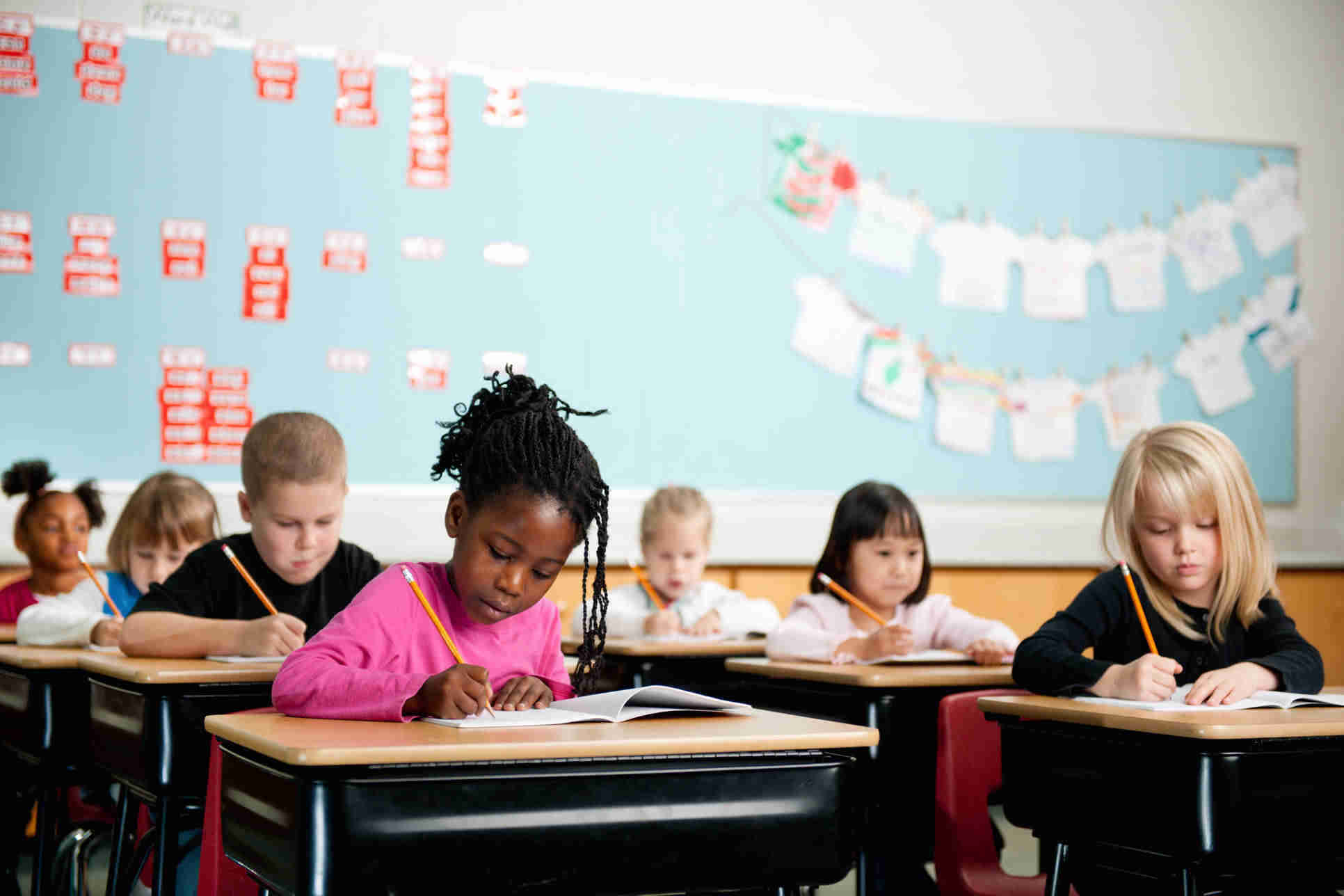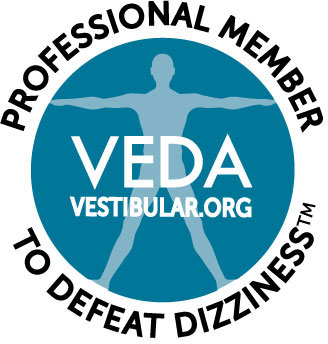It seems that over the past several decades, more and more children have been placed in remedial reading groups or labeled as having learning problems. Unfortunately, as many of these same children never received a proper visual assessment, it’s impossible to say how many actually have learning or reading disabilities, and how many simply have an issue with their eyes.

Why a Standard Eye Exam Isn’t Enough
While a standard eye exam by an optometrist is very important for measuring visual acuity and determining the health of the eyes, it’s not the same as a full binocular vision assessment, which is equally important. The human binocular visual system is a complex and exquisite system, and how it evolved is awe-inspiring. Our visual system has several crucial tasks to perform to help keep our bodies moving smoothly: it helps orient us in space, provides motion cues, helps us maintain our balance and provides us with information to learn, all at the same time!
The eyes play an essential role in this. Our eyes do not work in isolation. They must be able to work together to focus on the same spot, maintaining that focus until a single, clear image emerges. The images that the eyes see are then transported to the brain, where all the information that our eyes take in is processed. If there is an issue processing this visual input, the learning process will inevitably be interrupted, even in a child that has perfect 20/20 vision.
The Effects of BVD on Learning
In today’s highly visual world, we often ask children to stay focused for long periods of time, processing a lot of complex information while also dealing with a multitude of distractions around them. While some children who struggle to take in this information do have legitimate learning problems, for others, their difficulties are the result of binocular vision dysfunction (BVD). This means that their eyes are out of alignment, making it extremely difficult for them to keep their eyes focused enough to create a single, crisp image. While the brain automatically corrects this misalignment, the eyes end up being overworked, and the result is sore, tired eye muscles that can cause headaches, double vision symptoms, irritability and fatigue in children with BVD.
When a child has to work so hard just to process the visual information their eyes are taking in, you can see how this would interfere with learning. While some children may slowly struggle through reading and other activities that require intense eye concentration, others just give up. Some children may become withdrawn socially, while others might seem overly irritable or even start acting out due to their frustration.
Make an Appointment for a Neurovisual Examination
It can’t be stressed enough how important a binocular vision assessment is to ensure that children can thrive in a learning environment. No child should be diagnosed with a learning problem until a complete binocular vision assessment is performed by a qualified doctor who understands binocular vision, like those at the Neuro Visual Center of New York. If your child has been diagnosed with a learning disability but has not received a binocular vision assessment, call us as soon as possible at (516) 224-4888 to get one scheduled. Correctly treating an underlying binocular vision disorder can have a profound impact on a child’s ability to live up, and learn up, to their true potential.





